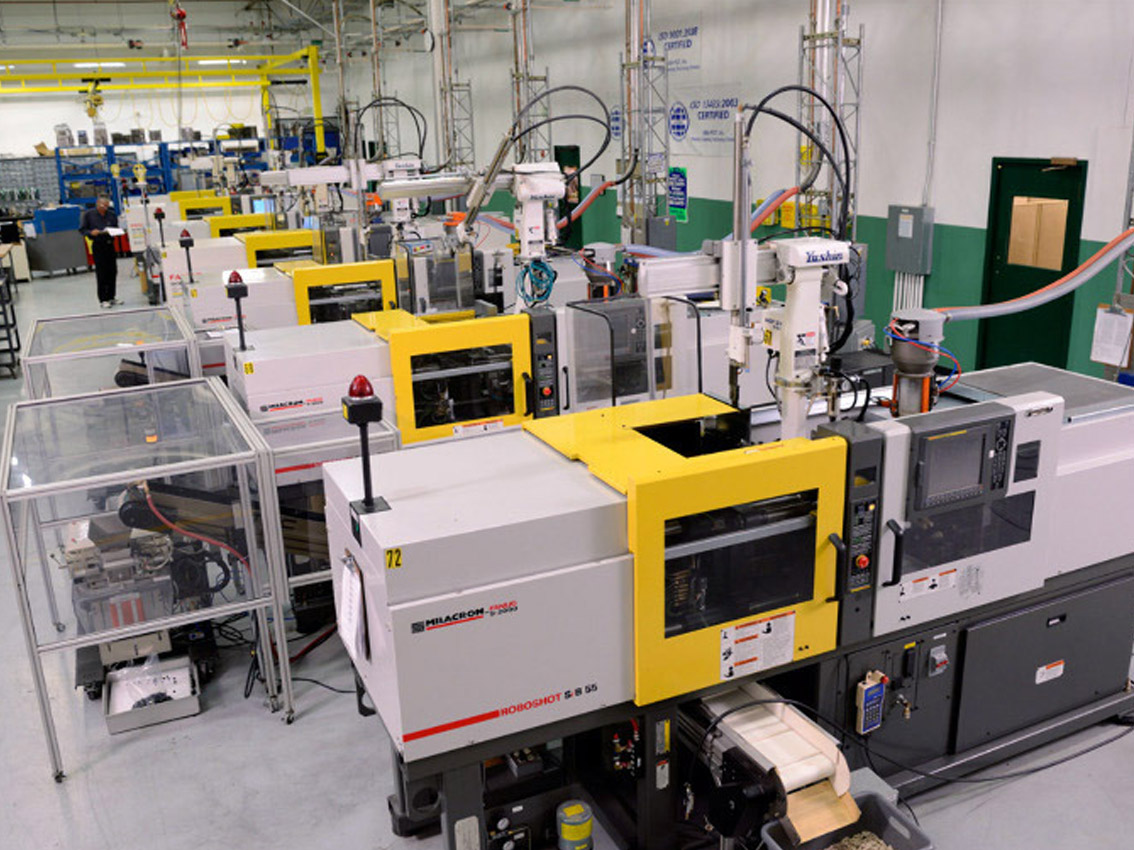Manufacturers use overmolding when they want to add a rubber-like texture to metal or plastic products. This makes them more comfortable to grip and reduces vibrations.
The overmolding process involves injecting molten thermoplastic materials into a mold. Then, a soft elastomer is injected over it to form a bond. This bond can be chemical or mechanical.
It’s a cost-effective manufacturing method
Overmolding is a cost-effective manufacturing method that adds aesthetic features to products. It can also improve the grip of handheld devices, improving ergonomics and safety. It can also add soft materials and color, including brand signature hues. Adding aesthetic features to products can boost their consumer appeal and offer a competitive advantage.
Over molding is a process that involves injecting two different types of plastic to create one integrated product. The process is similar to insert molding, in which a pre-formed metal component is placed into the mold and molten plastic is injected around it. The two pieces bond together using either chemical or mechanical means.
Chemical bonding occurs at a molecular level and is the primary way that overmolded products are bonded to the substrate. In some cases, adhesives can be used to enhance this process. However, it’s important to ensure that the substrate and overmolding materials are compatible with each other. Otherwise, they may degrade and fall apart over time.
It enhances grip
Overmolding enhances grip in tools like screwdrivers, pliers, wrenches, tape measuring devices, pocket knives, and more. It also improves product ergonomics by increasing grip comfort and usability, making the products safer to hold.
The selection of materials for overmolding depends on the final product and design requirements. Typical overmold materials include elastomers, which are resistant to extreme temperatures and chemicals and have a soft, tactile feel. Another common overmold material is engineered resin, which is highly durable and has a high temperature resistance.
Overmolding is used in many industrial/OEM applications, including cable assemblies and medical equipment. These types of parts often need to meet stringent safety standards set by organizations like UL and CPSC. To ensure that the overmolding process meets these requirements, manufacturers can use a variety of non-destructive inspection techniques. These techniques can include visual inspection, dimensional measurement, and surface finish analysis. These techniques can help manufacturers detect defects before the product is shipped to customers.
It’s versatile
The versatility of overmolding is what makes it such a useful manufacturing process. It allows for the addition of an additional layer to a plastic part, which increases its functionality and durability. It also eliminates the need for adhesives, making it a cost-effective option.
Overmolding is used in a variety of products, from food processing equipment to automotive parts and medical devices. It can be used to add gripping features, change the appearance of a product, and even create new functionalities. The molded material can be made to have different textures, colors, and hardness. This makes overmolding an ideal choice for manufacturers who want to improve the aesthetics of a product or need to address thermal and acoustical concerns.
Another benefit of overmolding is its ability to reduce vibrations. By creating a rubber-like connection between components, overmolding can eliminate vibrations in motors and pumps. It is also used in bicycle grips and kitchen utensils to improve comfort.
It’s quick
Overmolding is a quick process, and it can be used to add value to products. It reduces the number of manufacturing steps and assembly by combining two components into one unit. It also increases the strength of the product, making it more durable and user-friendly.
Overmolded materials are bonded by chemical or mechanical bonding. In the chemical bonding method, the overmold material is injected into or around the substrate and then cooled. This creates a strong chemical bond between the two materials. Mechanical bonding involves using grooves, cuts or holes in the substrate that the injected resin can flow into. Then, it locks into them and fuses to the underlying material.
TPE overmolding is a popular option for overmolding because it has excellent slip resistance and elastic touch. It is also halogen-free, contains no phthalates and has low VOC levels, making it an environmentally friendly choice. It is also easy to use and has a low cost.
